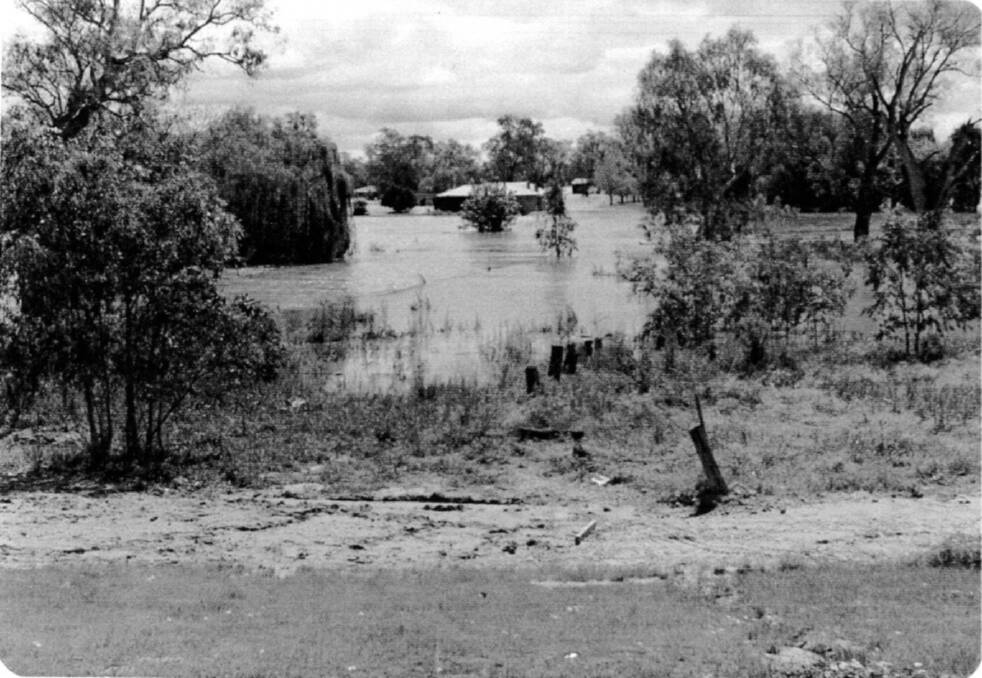
As told by Jim Parker November 2009.
Subscribe now for unlimited access.
or signup to continue reading
Unfortunately, the history of the Wodonga Golf Club is vague and can be traced back to only 1929, through an old Associates' Minute Book.
The first recorded meeting of the Associates was held on May 21, 1929, when the women agreed to pay match fees of sixpence and play for a golf ball.
Meetings, in those days, mainly discussed what events would be played and when card parties would be held to raise money.
An interesting Minute from the old book is a Motion put by a Miss Hughes (winner of the first three Associate Club Championships) and a Mrs McGuire, that women give Jack Keen two shillings on Associates' Day when he attended to the fire.
It is also noted that, in 1934, four card parties were planned but only three held.
They were pleasant gatherings, but would have been better had there not been a broadcast of the Test Cricket on those evenings.
Each annual report made mention of the season's weather - it seemed either too wet or unseasonably hot.
There is a gap of seven years in the old book - obviously when the club went into recess during the war years - although there is no mention of war in any entry.
After the war, a temporary course was established opposite the old Half Way Hotel that was situated on the Lincoln Causeway.
A former club president, Mr George Kennedy, has recorded that only the legal, medical and banking fraternity played golf in the early days of the club.
It was a pastime viewed with some reluctance by the general public.
The golf club has had three homes prior to moving to the current site on Parkers Road.
The first was in and around the Wodonga Racecourse, from an unknown starting time, until World War II.
After the war, a temporary course was established opposite the old Half Way Hotel that was situated on the Lincoln Causeway.
The third site was a nine-hole course situated in Reuss Road, Wodonga, near Sumsion Gardens.
The clubhouse was built in 1946 and the course was constructed on the Town Common (now Belvoir Park) and, at that time, there was some dissent from the townsfolk who used the land to run their cows.

